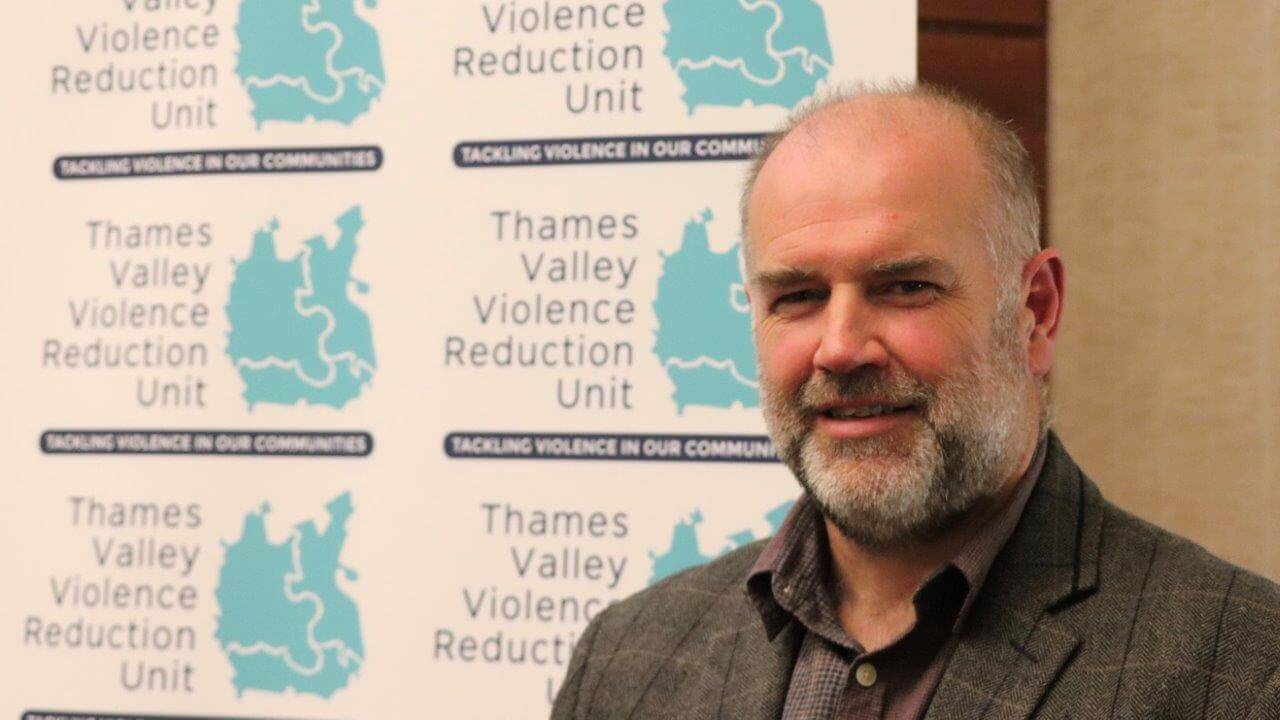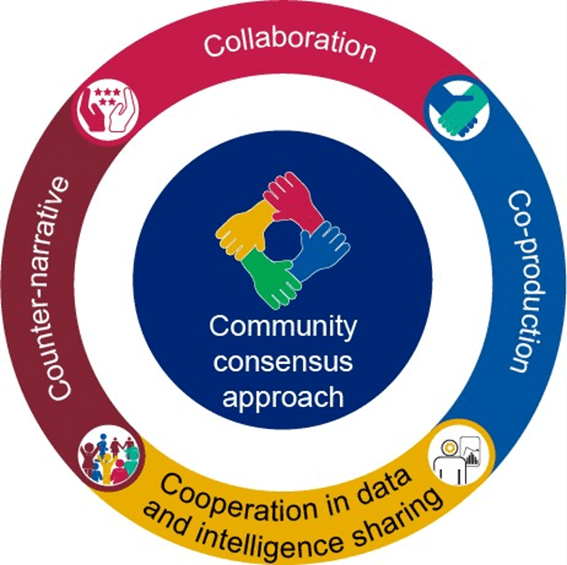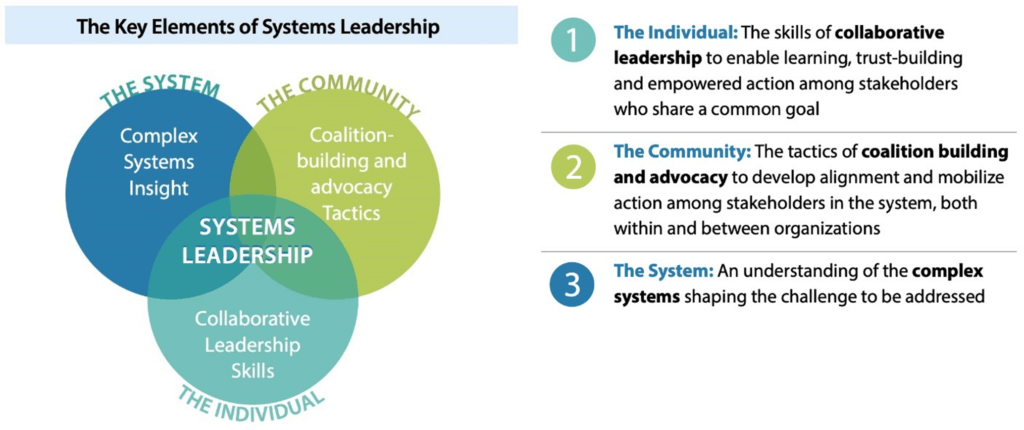April 2021: A key point in the development of the Thames Valley VRU partnership

This is the first “blog” that we have published and it forms part of our commitment to improve communications with all our audiences. I look forward to my team and partners being invited to share their insights with you regularly over coming months.
It is now almost a year to the day that I took on the role of Director of the Thames Valley Violence Reduction Unit and what a year it has been.
Despite the initial challenges of a sudden shift to remote working, we’ve adapted and I am very proud of what the VRU core team and our partners have achieved to date.
We are increasingly seen as a well-grounded VRU, with a clear vision for what we are trying to achieve, innovative and ambitious programmes of work and engaged partners – all working with and for our communities.
At the point I write this, we have fresh clarity on the landscape in which we operate, worthy of an update even if this post is perhaps somewhat longer that we would otherwise aim for in the future.
New legislation is moving through Parliament, commitments on government funding have been made and guidance on the priorities and application processes received. As we enter the start of the new financial year, we are in a good place to plan accordingly for strong delivery across the Thames Valley.
The Policing, Crime, Sentencing & Courts Bill was introduced to Parliament on 9 March this year. It contains further detail on the proposed Serious Violence Duty to drive multi-agency working in tackling serious violence. It is anticipated, following the passage of the Bill, that the Serious Violence Duty will come into force in the summer of 2022 and it is a major strategic driver to our work.
A key principle to the Duty is that tackling serious violence requires a whole-system approach. All partners – the emergency services, criminal justice, health, education, local authorities, youth offending services, prisons – will hold a duty to work together to understand the causes and consequences of serious violence and are required to shift the focus of their response towards prevention and much earlier intervention.
Not only must they work together effectively as a local partnership they must also share data and intelligence to inform a clear problem profile in their local area. They are required to collaborate on developing a local serious violence reduction strategy in response to the needs of their area, planning interventions and prevention work.
Key to this is working together at place, with local multi-agency plans and investment being developed, tailored, coordinated, and delivered for specific local place-based systems. As we describe in our Response Plan we will use the ‘5C Model’ (see Figure 1) from the Public Health England report on a whole-system multi-agency approach to serious violence prevention (that we helped to write) to co-produce these local plans.

At the VRU Strategic Governance Board held on the 25 March, we proposed an expanded governance structure to the Violence Reduction Unit and the further involvement of partners and our communities.
Our aim, as always, is to provide leadership and strategic co-ordination to whole systems for the prevention of serious violence and we want to establish a clearer distinction between the strategic decision-making levels, above an operational tier of coordination across our systems. This would then support nine place-based partnerships that drive local delivery, covering the whole Thames Valley, broadly coterminous with top-tier local authority boundaries. It would be supported by additional specialist groups, with the voice of our communities at its heart.
I am pleased that as a partnership we were able to commit to developing this structure in coming months, having also received confirmation from each of the chief executives of those nine authorities that there is support for this structure at place. The VRU has also proposed to apply for central funding for each of those nine systems to assist their local development, in line with the place-based system approach. This resource could be used flexibly, aware we are all at different points on this journey, but we see a need for each local system to have an identified individual who has a key role in coordinating activity and supporting that place-based partnership.
This resource was welcomed by all nine areas and it will form part of the application for funding to the Home Office, which we are currently working upon, with further role development to follow if successful. This supports our Response Plan commitment to Systems Leadership, illustrated in Figure 2 below.

At Strategic Governance Board on 25 March, we also agreed to adopt a common Trauma Informed Framework to support our systems change goals. We have developed this framework over the past year and it is useful to explain some key terms as we being to build a Trauma Responsive approach to our communities and our staff.
Trauma: Occurs when a person experiences or witnesses a physically or emotionally harmful or life threatening event. It may be a single incident or a prolonged or repeated experience (known as complex trauma).
Trauma Informed: Universal knowledge and understanding about trauma and its effects on individuals, families, communities and society.
Trauma Responsive: Policies and practices in place to minimise damage and maximize opportunities for healthy development. While many organisations are trauma informed becoming trauma-responsive means looking at all aspects of an organisations’ training and recruitment, programmes, environment, language, and values and involving and supporting all staff to better serve clients who have experienced trauma and resist re-traumatisation.
Resilience: The ability to overcome adversity and to avoid its damaging effects. It can be a feature of individuals, groups or communities.
Community: peer networks, supportive communities and supportive school environment
This leads me to the final piece of our planning jigsaw; submitting a clear financial application and delivery plan for the year ahead.
The Home Office has just confirmed the availability of three finance strands against which we shall bid for the Thames Valley. They include:
- £35.5m for core Violence Reduction Unit activity – with a focus upon evidence-led activity and interventions, on supporting multi-agency working, and on driving place-based delivery
- £24.5m of new ‘Surge’ funding – now renamed ‘Grip’ – of which an early allocation of £735,000 has been confirmed for Thames Valley Police. This will fund hotspot-driven operational policing, through the force’s Operation RASURE programme of activity. There will be particular focus on addressing any up-tick in violence as we see COVID restrictions lifted.
- £19.97m in Youth Interventions Funding – comprising three distinct competitive funds against which we may apply, including bids to support High-Intensity Youth Interventions, Teachable Moment Interventions and Trauma Informed Training
Having now received this guidance and with a deadline of 30 April, we have just over two weeks to develop a detailed application against these funds.
We know that there will be areas of our existing work that we want to carry forward and build on their success. There will also be new areas of work to consider applying for funding.
Timescales are tight, but I am confident that in the next month we will work rapidly across our five workstream areas within the VRU and with our growing number of partners to develop a clear application and delivery plan for the coming year, as we work together to continue to tackle serious violence, protect the vulnerable, and keep those living in the Thames Valley safe. I am very much looking forward to sharing further detail with you as we progress.